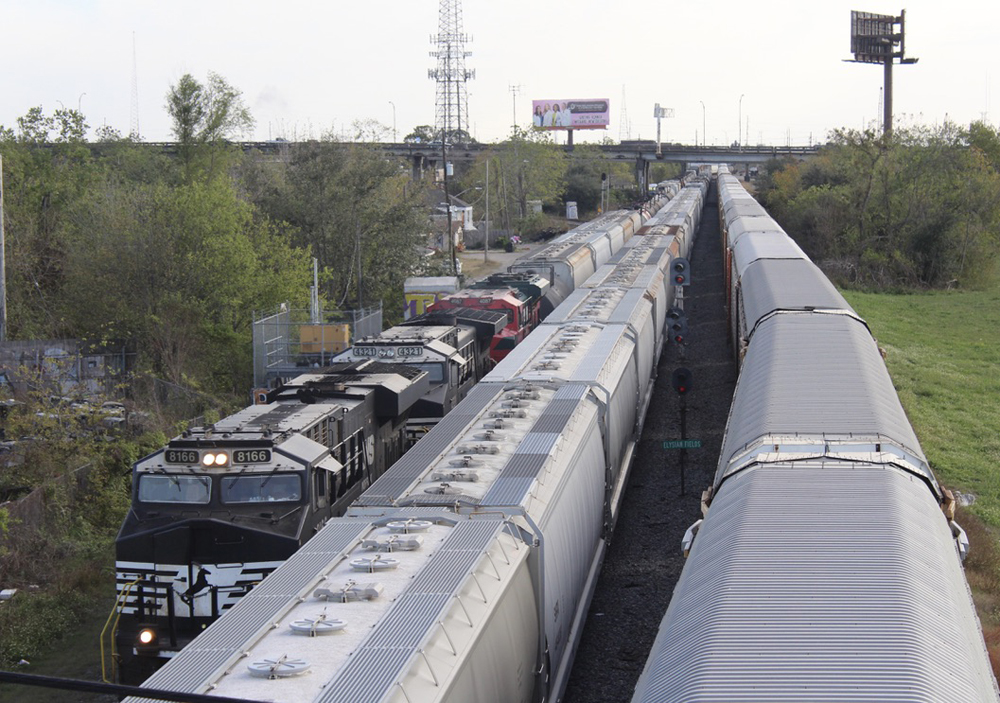
WASHINGTON — Last week’s fourth day of testimony at the Surface Transportation Board’s hearing on Amtrak Gulf Coast service focused on two questions:
— “Where did the data used for traffic modeling come from?”
— “What constitutes a train that can cause ‘unreasonable impairment’ to freight operations” if two passenger round trips are introduced between New Orleans and Mobile, Ala?
Details of the traffic modeling for the New Orleans-Mobile route remains a significant point of contention in the slow-moving evidentiary hearing, set to resume today (Tuesday, April 12) at 9:30 a.m. There will be a two-hour break from 11 a.m. to 1 p.m. because of scheduling conflicts.
This will be the first of at least four additional days of testimony; additional hearing dates will be this Thursday, April 14; Monday, April 18; and Tuesday, April 19. If the hearing is not concluded by the 19th — a distinct possibility with only four of 12 scheduled witnesses having testified so far — additional dates will be scheduled in May.
A live stream of today’s hearing, along with recordings of the four earlier sessions, is available on the STB’s YouTube channel.
Recapping the first three days
Amtrak has argued that it and the Federal Railroad Administration did not have access to the parameters used for Rail Traffic Controller modeling under an FRA-funded study, conducted by consulting firm HDR, that began in early 2020. A year later, when the modeling had not been finalized, Amtrak announced it could wait no longer for the outcome. It petitioned the STB for immediate access to the route under the statute governing Amtrak access, U.S. Code 24308(e) [see “Start of Gulf Coast hearing brings questions …,” Trains News Wire, April 4, 2022].
Because the modeling was never finished, the Port of Mobile and shippers clamored for a completed study, but the railroads have never explained why that 2020 study was not concluded after so much time.
That’s probably because a later round of CSX-NS RTC modeling is now the focus of the STB’s hearing. The newer study was helmed by consultant HNTB and aided by railroad and other consultants comprising what they call a “clean team,” but did not include anyone from Amtrak. After that study was completed last fall, Amtrak was allowed access to data inputs purporting to represent freight movements the railroads say would be “unreasonably impaired.”
The modeling’s conclusion was that 14 projects costing $440 million are required before any passenger trains are added. Yet Norfolk Southern witness Randall Hunt indicated a 15th project, adding another estimated $80 to $90 million, is also necessary. This third main track, a “freight lead extension” totaling 12,000 feet, would mitigate the effect of the new passenger trains over a short segment used by all New Orleans railroads. Hunt explained that 10,000-foot trains tie up at least one of two main tracks for crew and power changes when interchanging between the city’s six Class I railroads [see “STB Gulf Coast hearing Day 3: NS testimony …,” News Wire, April 6, 2022]
Friday: witnesses detail modeling choices
Testifying on April 8, Hannah Rosse for CSX and Holly Sinkkanen for Norfolk Southern were called to address Amtrak’s contention that the RTC modeling’s 1,265 movements represented as trains over a two-week period weren’t really trains at all. Rosse and Sinkkanen confirmed that specifics were derived from field interviews of railroad officials, not actual day-date information, although that’s how the model would treat them when input alongside projected passenger train schedules.
The two witnesses explained how a wide variety of movements in question consume capacity: blocks of cars left on the main line; yard switching; light-engine moves as far away as Montgomery, Ala.; “foreign” carrier moves around New Orleans; hi-rail vehicle moves ferrying bridge tenders to drawbridges;, and cross traffic on a CN diamond south of Mobile. They may or may not show up as through trains, but are said to represent conflicts influencing the carrier’s infrastructure demands.
The STB members will be asked to decide whether, reasonable operating changes can mitigate these incursions to comply with Amtrak’s statutory right of preference. For instance, many of the depicted operations may or may not cause freight delays today, and could be adjusted to allow for the minimal time when an Amtrak train passes through a specific location. At the CN junction in Mobile, the passenger train would theoretically always get preference even though CSX movements may not.
How many freight trains use the line remains a point of contention. CSX and NS initially provided only modeling information, rather than actual train counts, which they continue to claim is proprietary information kept confidential to protect shippers. Testimony has revealed 8 to 10 through trains run between New Orleans and Mobile on an average day, with one to three coal trains that only use a short segment in Mobile. There is a question whether the track diagrams accurately portrain Mobile switching options, but witnesses in the coming days may be able to clear that up.
In the meantime, the public transportation advocacy group Transportation for America’s blog released a time-lapse video showed seven trains passing through Pascagoula, Miss., on a recent day. The four Amtrak trains are scheduled to stop daily at 7:13 a.m., 10:14 a.m., 5:13 p.m., and 8:13 p.m.






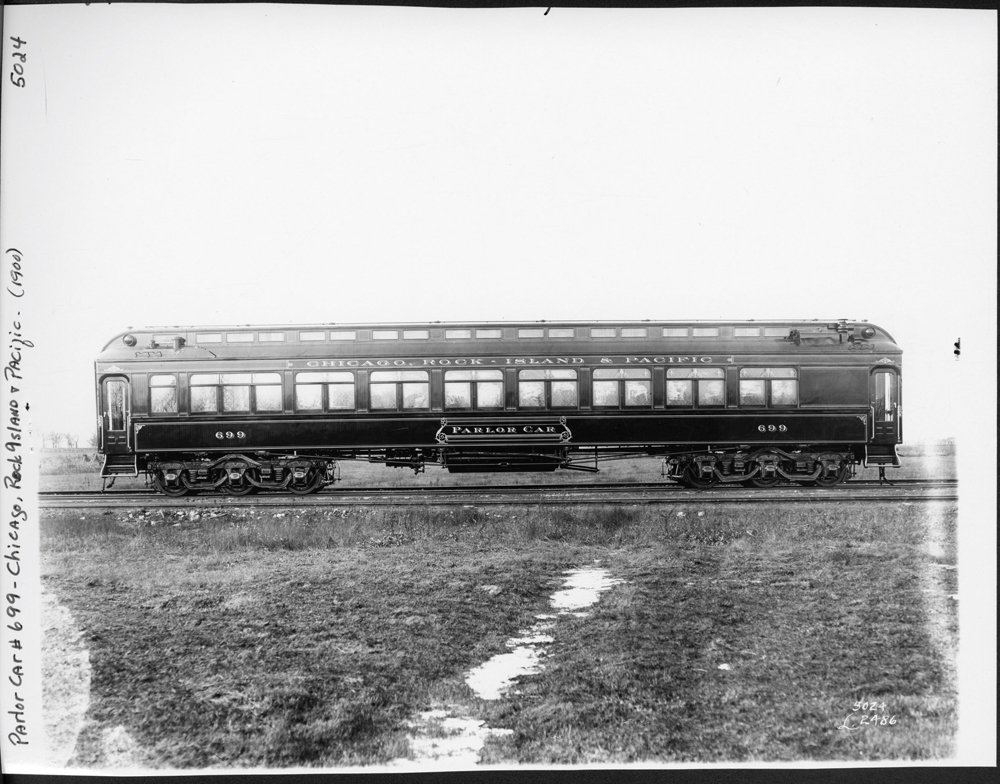
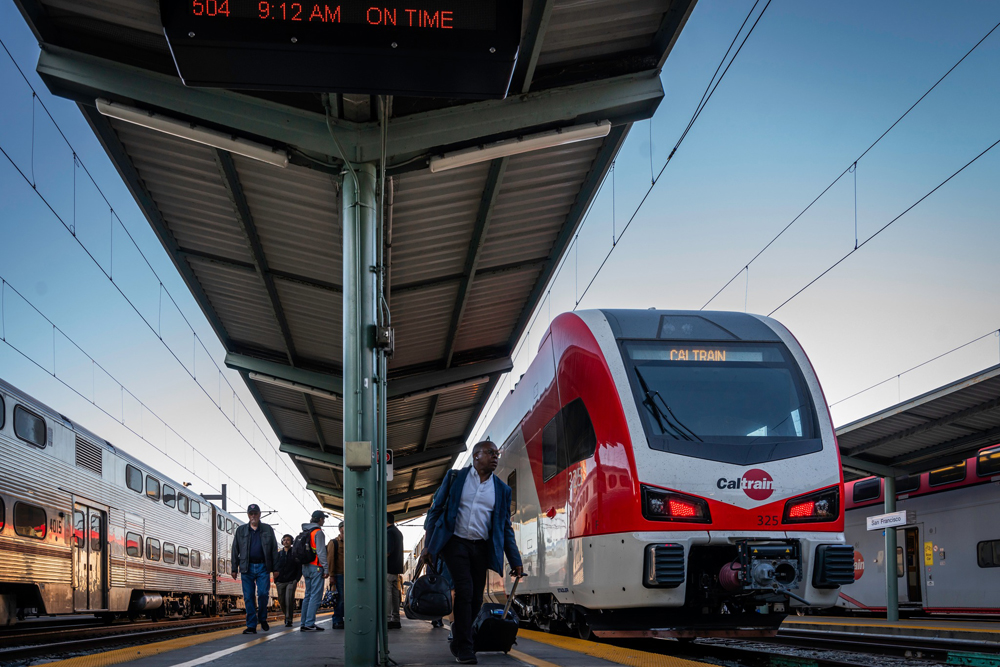
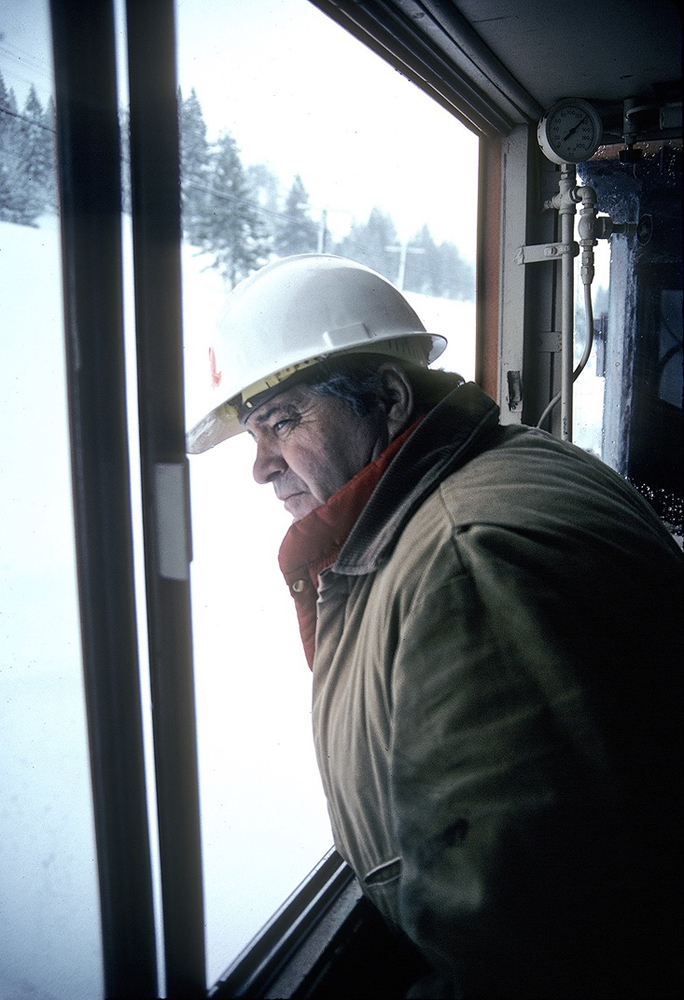
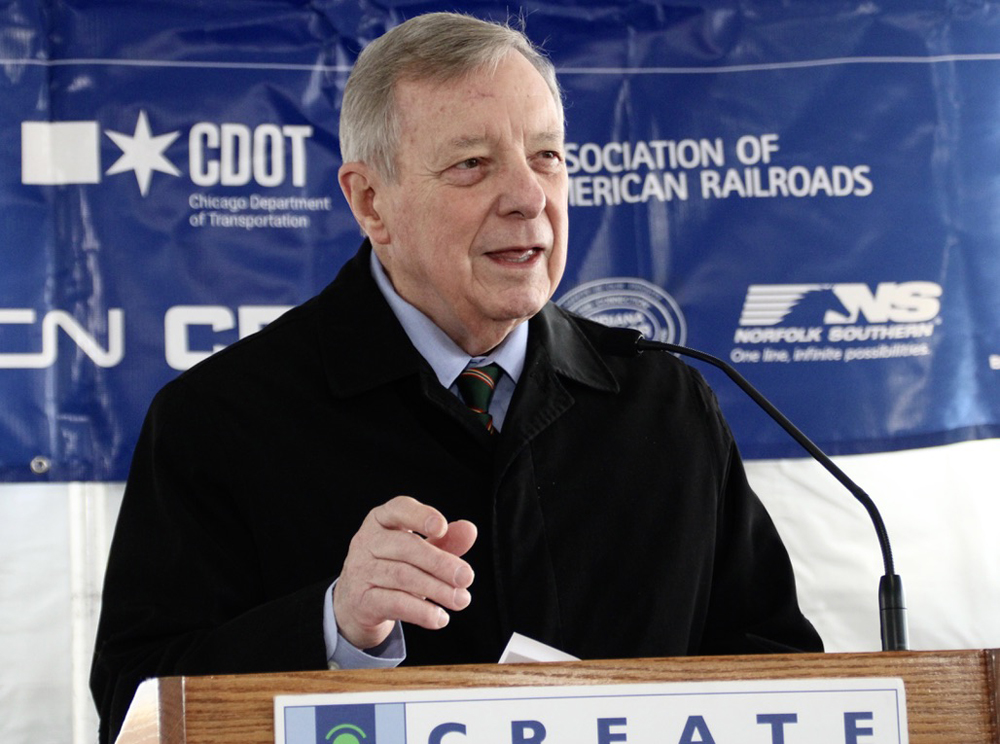




I believe they should address choke points in every major city so trains can move faster without stopping maybe building beltlines around towns similar to how interstates are laid out. Maybe use interstate right of ways in some areas. If a train is going to a local yard there would be special tracks for that purpose. Otherwise through trains roll non stop on the bypass. In 1979 they stopped service on a bunch of Amtrak routes that connected to many other routes never to resume again. Amtrak’s interconnectivity decreased by a lot after those cuts. That was the year I realized that the forces to get rid of trains were very sneaky and powerful and still are.
Are any of the RR individuals under OATH when they testify?
“…the RTC modeling’s 1,265 movements represented as trains over a two-week period weren’t really trains at all. Rosse and Sinkkanen confirmed that specifics were derived from field interviews of railroad officials, not actual day-date information, although that’s how the model would treat them when input alongside projected passenger train schedules.”
What a bunch of….
All track autorities and OS’s are there as “hard data”, along with train, car, and waybill data.
No need to guess at anything.
NS and CSX are starting at the answer and working backwards.
So in basic terms NS-CSX “cooked” the data in their favor and threw in enough stuff to either force Amtrak to “go away” or pay for everything they want just to exist, which is crazy.